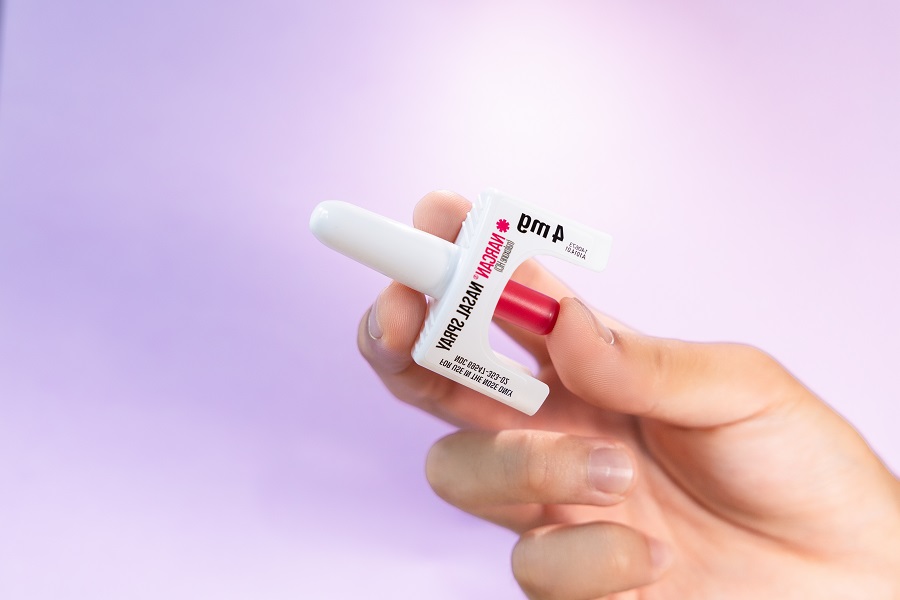In an Overdose, Narcan Can Save a Life

You don’t have to be addicted to opioids to die from an overdose. It can happen to anyone taking an opioid for pain or misusing a prescription. Knowing what to do (use Narcan) and how to do it can save a life.
In 2020, more than 92,000 people died of an opioid overdose in the U.S. This same year, there were 2,065 opioid overdose deaths in Massachusetts. You don’t have to be addicted to opioids to die from an overdose. It can happen to anyone taking an opioid for pain or misusing a prescription. Knowing what to do (use Narcan) and how to do it can save a life.
It’s been shown that the use of Narcan (generic - naloxone), a nasal spray medication, can reverse an opioid overdose and has reduced overdose deaths.
Opioids include prescription drugs like oxycodone and fentanyl, as well as illicit (illegal) drugs like heroin. The recommended steps for treating an opioid overdose include Narcan, CPR and rescue breathing.
Watch this video to learn how to use Narcan and what to do if you see someone who has overdosed.
Steps to Use Narcan if Someone Has Overdosed
Someone who has overdosed may show the following symptoms:- Falling asleep or loss of consciousness
- Slow shallow breathing
- Choking or gurgling sounds
- Limp body
- Pale blue or cold skin
- Open the package.
- Tilt the head back.
- Insert the bottle into the nose and press the plunger so the spray goes into the nose.
- Don’t test the spray first. (Once you do, the medication will be used up.)
How to Get Narcan
Narcan is available without a prescription in all Massachusetts pharmacies and is covered by MassHealth and many other insurance companies. In addition, you can get free Narcan at a number of health centers and other organizations throughout the state.Who Should Carry Narcan
It’s important to understand that Narcan isn’t just for people with a loved one who has a known opioid addiction. Because of the size of the opioid epidemic, the surgeon general recommends that community members obtain naloxone. This is especially true for individuals who:- Are currently taking or may come into contact with someone who is currently taking opioids for pain
- Are misusing or may come into contact with someone who is misusing prescription or illicit opioids
- Are community members who may come into contact with people at risk for opioid overdose
- Are family or friends of people who have or have had an opioid use disorder
- Are health care providers

